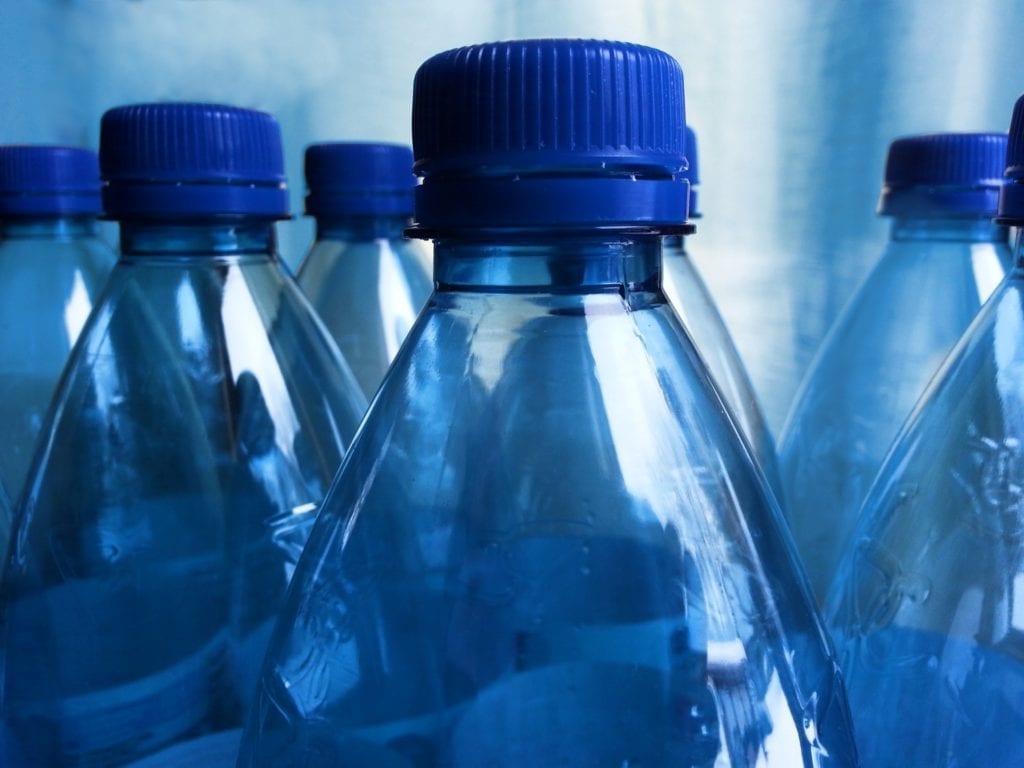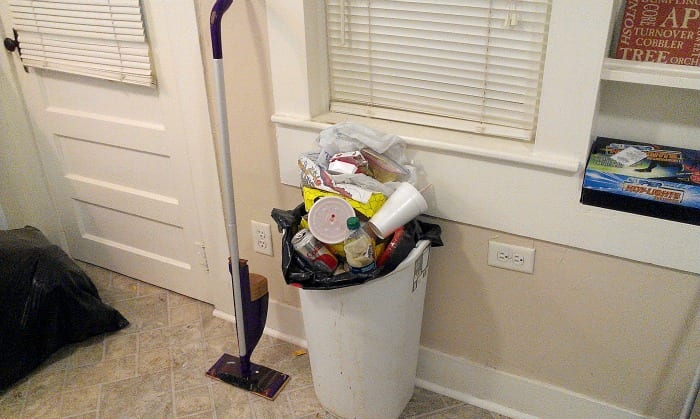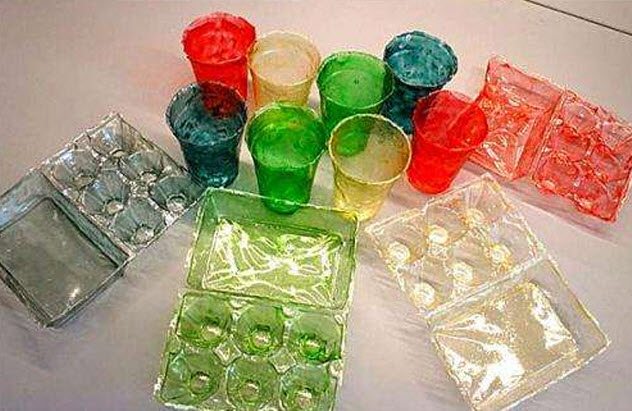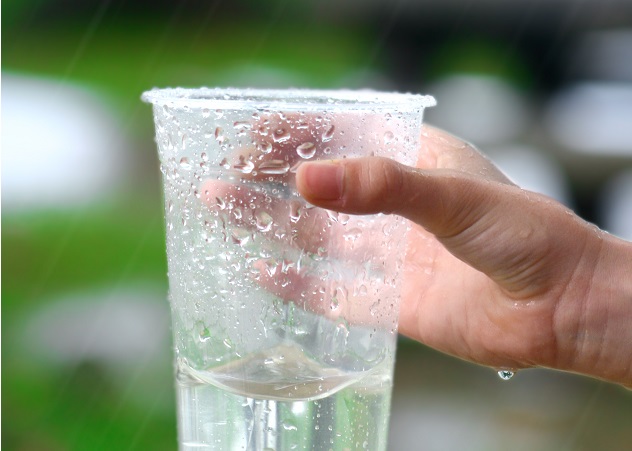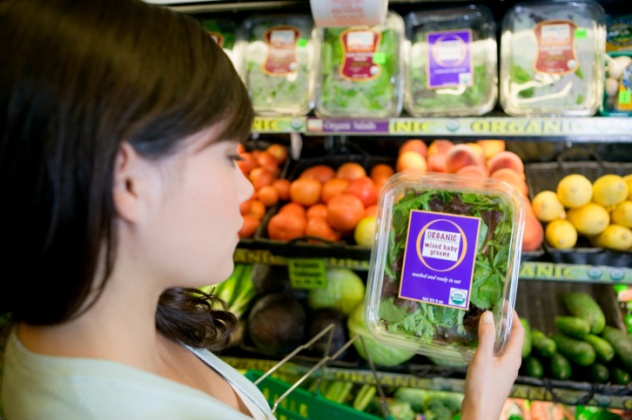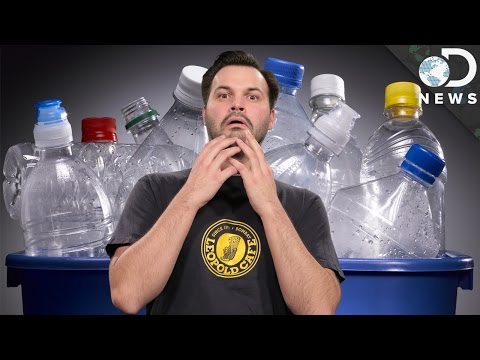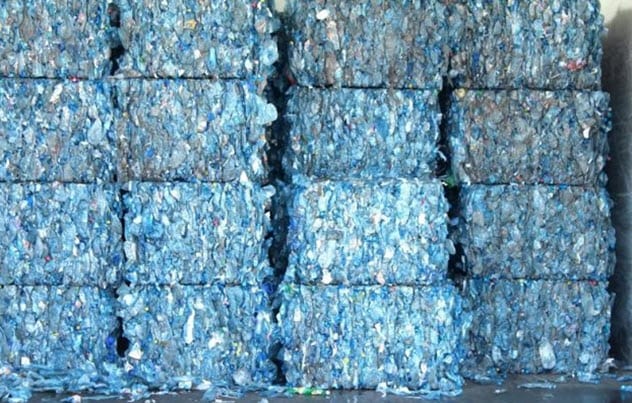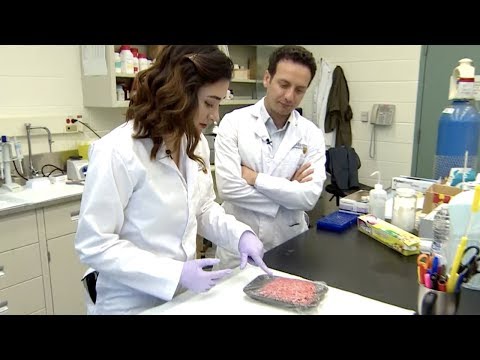As a species, humans are not dealing well with the amount of plastic waste we’re generating. However, plastics are incredibly useful materials! It might surprise you to learn that plastics aren’t completely bad. Let’s look at 10 helpful aspects of plastics. Top 10 Fascinating Alternatives To Plastic
10 Lightweighting
Plastic waste is bad for the environment, but plastic products can be helpful, if used properly. Imagine a lorry transporting plastic bottles of milk from the dairy to the supermarket. The lorry would burn more fuel if the milk bottles were made of glass. This is because glass bottles are usually heavier than plastic ones. The density of glass depends on its type but can be 2-10 times the density of typical plastics used for containers. Over the course of several years, we can use less fuel by transporting plastic rather than glass bottles. Using less fuel for transport also leads to lower CO2 emissions. Also, while a glass bottle is a relatively small component, we’re increasingly using plastic components in cars and aeroplanes, to make them lighter. We can save a considerable amount of fuel by doing this and decrease the amount of CO2 emitted. So, unless we all agree to stop travelling and only buy products manufactured locally, plastics are a good way to decrease CO2 production in transport.
9 Reducing food waste
We need agriculture to feed the human race, but intensive agricultural practices can be an ecological disaster. Clearing wildlife from large land areas to raise cattle is one harmful practice. Using large amounts of fertilisers is another. However you look at it, making land produce more and more food is damaging our environment. Shockingly, the UN’s environment programme estimates that up to 17% of the food we produce is wasted rather than eaten, and 8-10% of global greenhouse gas emissions come from producing wasted food. How can plastic materials help? Wrapping fresh foods in plastic may not seem environmentally friendly, but it does help to extend the lifetime of the food. This makes it easier for us to use up the food before it goes off. There is a balancing act here between reducing food waste and not over-producing plastic that will end up in landfill.
8 Re-use
The whole reason we use plastics so much is that they are inert. They don’t degrade well, they don’t react with many chemicals in their environment, and they are tough. This means that plastic components can be used over and over again, rather than made new each time. This reduces the overall amount of material that is needed. For example, pipes that carry water will not rust if made of plastic rather than metal, and so will have a longer lifetime.
7 Recycling
“Hang on a minute!” you may cry. “I thought half the problem with plastic is that we AREN’T recycling it properly?” Of course. But that’s the fault of our lifestyle and processes, not the fault of the material itself. You CAN recycle many plastics quite well. However, to make a valuable recycled product, you first need to separate the different types of plastic. Then you need to tailor your recycling process for each type of plastic. If you try to mix lots of different types of plastic all together and recycle it, you just end up with an inferior material. In practice, this kind of separation is often uneconomic, so a lot of plastic just gets thrown away after one use. As a consumer, it is difficult to have much impact on this, but if manufacturers and legislators could agree to standardise a lot of packaging (by using similar sorts of materials, say, and not coating them with toxic paints) then recycling the material would become much more viable.
6 Incinerable
Separating different plastics out into different waste streams is difficult. Unless they are well-separated, they are difficult to recycle. So, with current recycling processes there is always some plastic waste that cannot be recycled. One obvious way to get rid of the waste is simply to burn it; this would produce a lot of heat that could be used constructively, for example to generate electricity. Burning plastics sounds like an environmental disaster due to CO2 emissions; however, burning plastic is no worse than burning oil and coal and at least this would reduce the amount of plastic being dumped into the world’s oceans. Burning plastic could be a good solution until other approaches are found.
5 Less resource-intensive than some other packaging materials
If we didn’t use plastic in applications such as food packaging, what would we use instead? Paper might be one suggestion, and it sounds appealing. Paper is much more biodegradable than most plastics and can be produced from sustainable forests. However, it is quite resource-intensive, using a lot of water and trees to produce sufficient paper material- an estimated 4-19 litres of water are used to make an A4 sheet of paper. Re-use and recycling is also problematic. Paper is flimsier than plastic (therefore less re-usable). Recycled paper can be made, of course, but any contaminants on the paper (such as ink!) can result in inferior recycled product. From a recycling point of view, paper and plastics each have advantages and disadvantages, and plastics aren’t necessarily always worse.
4 The rise of biodegradable plastics
As mentioned above, one of the problems with plastic is that it does not degrade particularly well in the environment. Chemically, most plastics contain long carbon chains that are very stable and don’t react well with air or water. The search is on to find chain molecules that will behave like plastics but degrade well once we are finished using them. Some materials (such as polylactic acid) do behave in this way, but at the moment they are still a long way from a perfect solution. Although technically ‘biodegradable’, some of these materials require very specific conditions in order to actually degrade, such as the presence of particular microbes or high heat. However, really biodegradable plastics could be such useful materials that a lot of researchers and companies are trying to make them. Encouragingly, some researchers have demonstrated plastic materials that could degrade in household compost or water. This is a research area that could have a large impact in the future. Watch this video on YouTube
3 The rise of bio-derived plastics
‘Bio-derived’ plastics are plastic materials that come from plant crops such as sugar cane. This contrasts with traditional plastics such as polyvinylchloride and polyethylene, which are products of the petrochemical industry. Some (though not all) bio-derived plastics are also biodegradable, so these two issues are related. However, being able to get plastic materials from renewable sources rather than fossil fuels can potentially make plastics more sustainable. However, (as always!) there are caveats. Growing crops for producing bioplastics can use a considerable amount of land and resources. It can therefore be difficult to calculate whether this is actually more or less damaging to the environment than traditional plastic. Arguably, burning a starch-based plastic releases carbon into the air that the plant captured as it grew. This may be less damaging than burning coal/oil that had previously spent millennia underground; however, in practice the case for/against is not always clear.
2 Energy efficiency
Plastics aren’t just for carrying your groceries home in a bag. They are good thermal insulators, and as such are used in buildings construction. They trap heat so that less energy is required to heat the building to an acceptable temperature. One analysis showed that using plastic insulation boards in a building saved 150 times more energy than was used to make the original plastic. By reducing the amount of energy we need for heating our homes and offices, we can further reduce our dependence on fossil fuels.
1 ‘Smart’ plastics
We don’t have to stick to ‘traditional’ plastics. Researchers are coming up with new materials all the time. For example, ‘smart’ plastics can interact with their environment in some well-defined way. One research group recently showed that a plastic film containing embedded glass spheres can absorb energy from the sun and emit it at lower energies, thus providing a cooling effect. Using plastics to ‘passively’ cool buildings in this way could give considerable energy savings compared to traditional air conditioning. Other examples could include packaging that alerts people to potential damage to the contents (such as materials that change colour if the temperature gets too high) again helping to reduce waste. With innovation and creativity, plastics can be useful in ways that we haven’t imagined yet. Watch this video on YouTube
